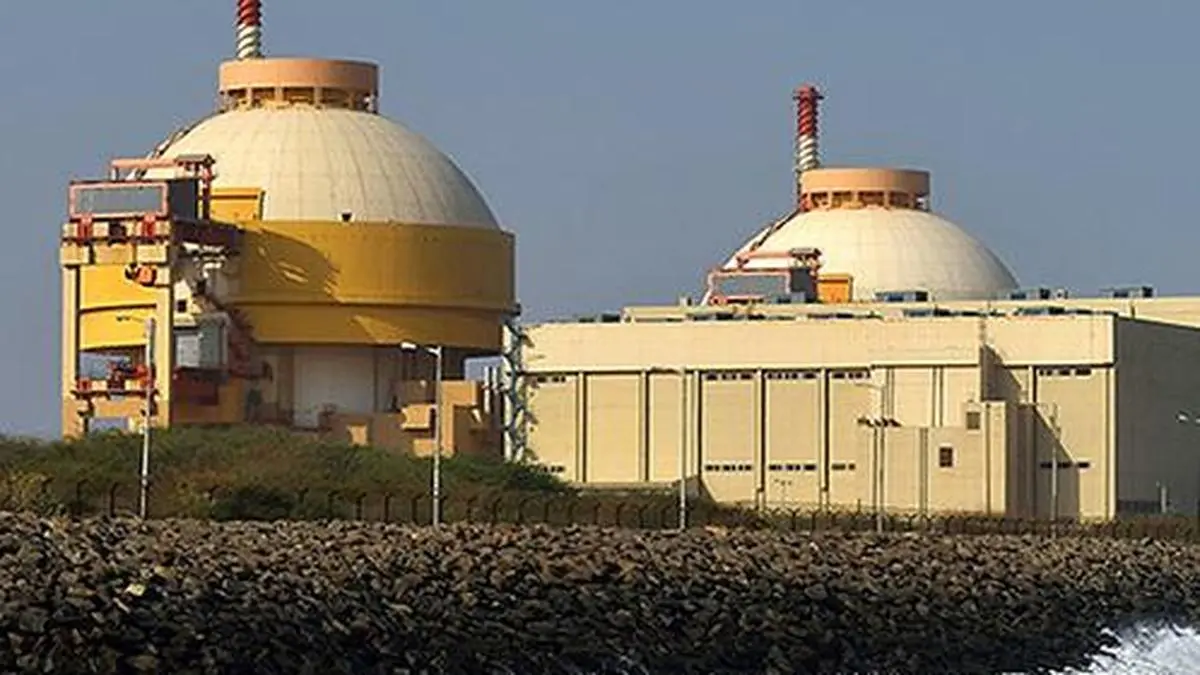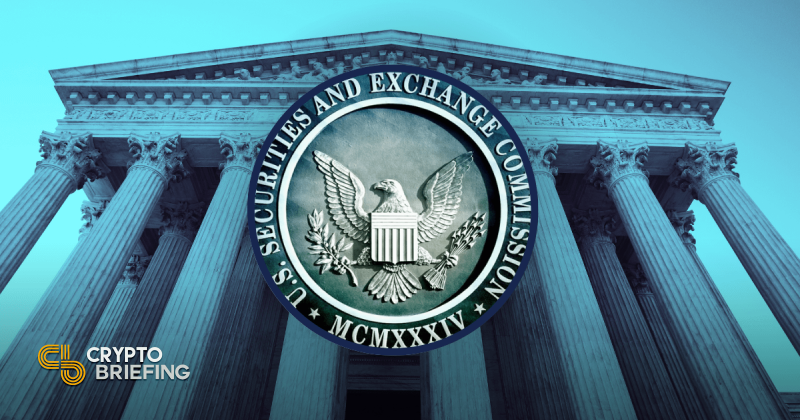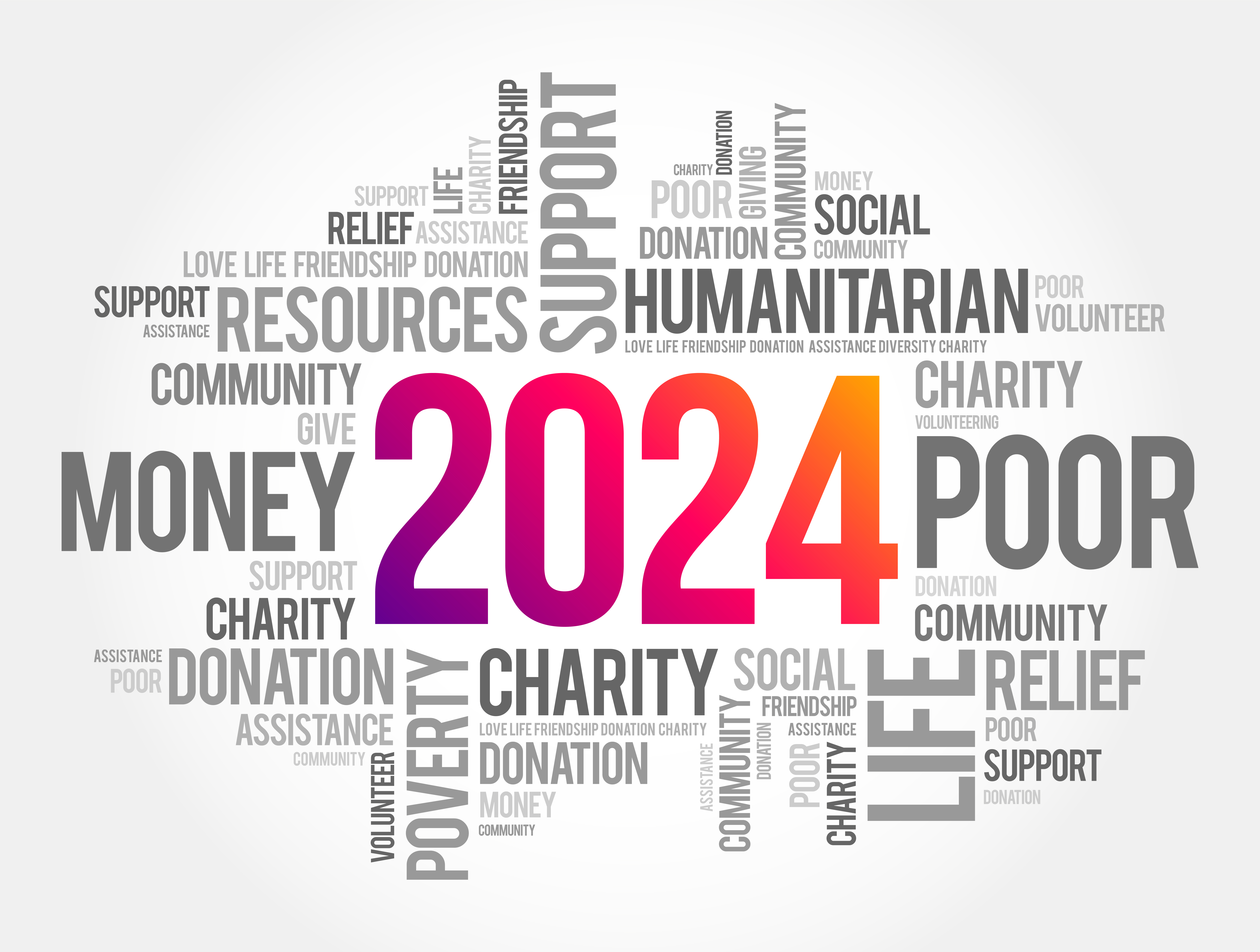“Overall, all things considered, including the risk of oil price, I do believe that the external situation will be manageable, of course with some anxious moments to come,” he said while speaking at an event organised by National Council of Applied Economic Research (NCAER) here.
Nageswaran further said that given all the short-term unknowns, it was better to focus on medium-term prospects and what lies ahead of the country in the next six years until 2030.
“The medium-term growth outlook is actually constructive very simply because we have paid our growth dues last decade and that was because we had to undergo balance sheet repair in the financial and non-financial sector. We are encountering global shocks fortunately with a far better household, corporate and financial sector balance sheet,” the CEA said.
Talking about the high debt-to-GDP ratio, Nageswaran said that it was sustainable as India’s macroeconomic fundamentals are strong.
“Even in the ongoing global turmoil India’s borrowing cost is lower than countries which have better ratings than India,” Nageswaran said.
“India’s bond yield has not really spiked up. It is doing better than countries that have better credit ratings than India. That tells us a little bit about the overall macroeconomic stability that is there under the current circumstances,” he said.
The CEA also said that the country’s current account deficit could range between 3-3.5 per cent during the current financial year depending on evolving external factors.
With regard to the medium term outlook for growth, he said, it would be closer to 6.5-7 per cent rather than closer to 6 per cent taking a baseline scenario of oil under USD 100 a barrel.
This growth would be largely driven by the capital formation and robust public digital infrastructure leading to formalisation of the economy, he added.
(With inputs from PTI)
















